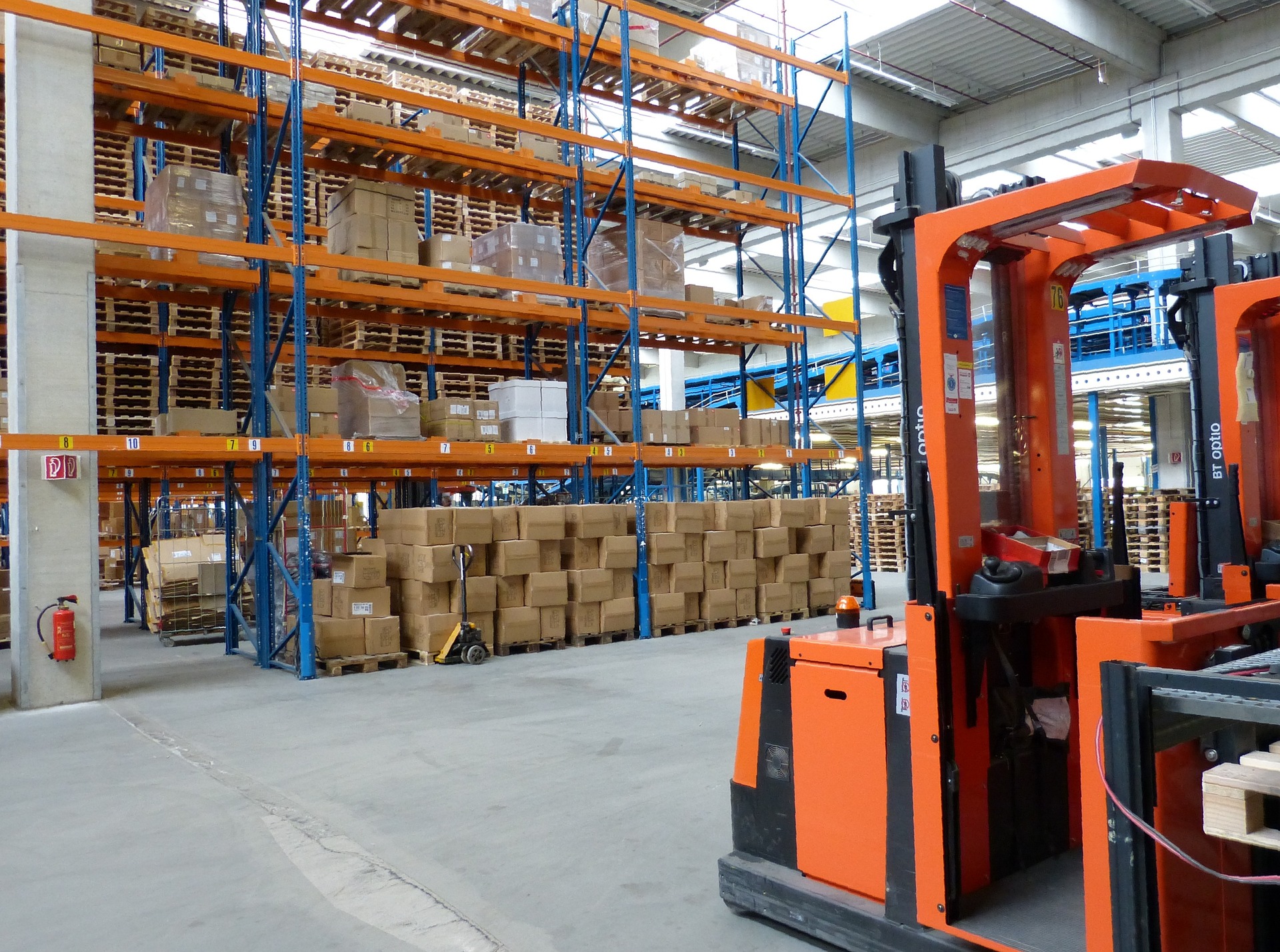Packaging Jobs Guide: Careers in Packing & Shipping
Explore in-demand packaging jobs and discover entry-level to specialized roles in warehouses, manufacturing, and logistics. This guide covers required skills, typical pay and benefits, workplace conditions, advancement paths, and industry trends—including growth in e-commerce and medical packaging—to help you evaluate packing careers and next steps.
The packaging sector offers a wide range of roles for people seeking dependable work with modest entry requirements. Whether you’re loading boxes on a warehouse floor, operating packaging lines, or verifying product quality, packing positions are essential to moving goods through the supply chain. This guide breaks down what employers expect, how much you can earn, typical working conditions, career progression opportunities, and the industry outlook.
Required Skills and Qualifications
Most packing roles are accessible with a high school diploma or equivalent. Employers prioritize practical abilities over advanced credentials for many positions. Key qualifications include physical endurance for prolonged standing and lifting, close attention to detail for accurate labeling and packing, and basic numeracy for counting and measuring. Strong teamwork and communication are important since packers often coordinate with pickers, forklift operators, and shipping clerks.
Some jobs require familiarity with safety rules and the ability to use common warehouse tools and machinery. For roles that involve material handling equipment, such as forklifts or pallet jacks, certification or documented training may be required. Specialized packaging lines—especially those in pharmaceuticals or delicate electronics—might demand additional training, machine-specific knowledge, or quality-assurance credentials.
Average Salary and Compensation
Entry-level packing jobs frequently start near local minimum wage, but compensation rises with experience, technical skills, and certifications. Specialized roles—like machine operators, certified forklift drivers, or quality control technicians—tend to command higher hourly pay. Many employers offer benefits packages that can include health insurance, paid leave, and retirement plan options; the scope of these benefits varies widely between employers and industries.
For financial planning, keep in mind that pay ranges and benefits change over time and by region. Consider researching current local rates and employer reviews when comparing job offers.
Working Conditions and Environment
Packing jobs are commonly based in warehouses, distribution centers, and manufacturing plants. Expect a physically active environment that often involves standing, lifting, bending, and repetitive tasks. Facilities usually operate multiple shifts—day, evening, and night—so scheduling flexibility is common and can suit workers seeking nontraditional hours.
Many modern facilities are climate-controlled, but certain products (frozen goods, pharmaceuticals, or temperature-sensitive materials) may require work in refrigerated or specially conditioned areas. Workers must follow safety procedures, wear appropriate personal protective equipment (PPE), and be trained to operate or work near machinery safely.
Automation and conveyor systems are increasingly used to improve efficiency. However, human workers remain crucial for complex packing decisions, quality checks, troubleshooting, and tasks that require manual dexterity or judgment.
Career Advancement Opportunities
Packing roles can be a stepping stone to higher-paying and supervisory positions. Common advancement routes include moving from packer to team lead, shift supervisor, or warehouse manager. Workers who gain skills in quality control, inventory management, or equipment maintenance can transition into specialized technician roles or inspection positions.
Pursuing additional training—such as certifications in logistics, supply chain management, machine operation, or safety compliance—can open doors to roles in planning, receiving, and inventory control. Companies often promote internally, so demonstrating reliability, leadership, and the ability to learn new systems can accelerate career growth.
Industry Outlook and Job Security
Packaging demand is closely tied to the broader economy and to sectors like e-commerce, food and beverage, pharmaceuticals, and industrial manufacturing. Growth prospects are particularly strong in areas that support online retail and medical packaging, where precise handling and traceability are critical.
Automation is reshaping the field, but it is more likely to handle repetitive or heavy tasks while skilled workers perform oversight, troubleshooting, and quality assurance. This mix means that jobs requiring technical competence or judgment generally remain secure.
| Industry Sector | Growth Forecast | Average Starting Salary |
|---|---|---|
| E-commerce Packaging | High | $28,000 - $32,000 |
| Food/Beverage Packaging | Moderate | $30,000 - $35,000 |
| Medical/Pharmaceutical | Very High | $32,000 - $38,000 |
| Industrial Packaging | Stable | $29,000 - $34,000 |
Prices, rates, or cost estimates mentioned in this article are based on the latest available information but may change over time. Independent research is advised before making financial decisions.
Making a Decision and Next Steps
If you are considering a packing job, identify the types of environments you prefer (warehouse, cold storage, or cleanroom) and the skills you already have. Look for employers that provide on-the-job training, clear advancement paths, and supportive safety programs. Obtaining a forklift license, basic equipment training, or a certificate in warehouse operations can increase employability and starting pay.
Search local job boards, reach out to staffing agencies, and consider temporary-to-permanent roles as a way to get a foot in the door. Speak with current employees when possible to learn about workplace culture, shift patterns, and benefit details.
Packing careers can offer stable employment and a clear trajectory for upward mobility when combined with training and experience. With growth driven by e-commerce and healthcare needs, those who cultivate technical skills and commitment to quality will find opportunities across multiple industries.







